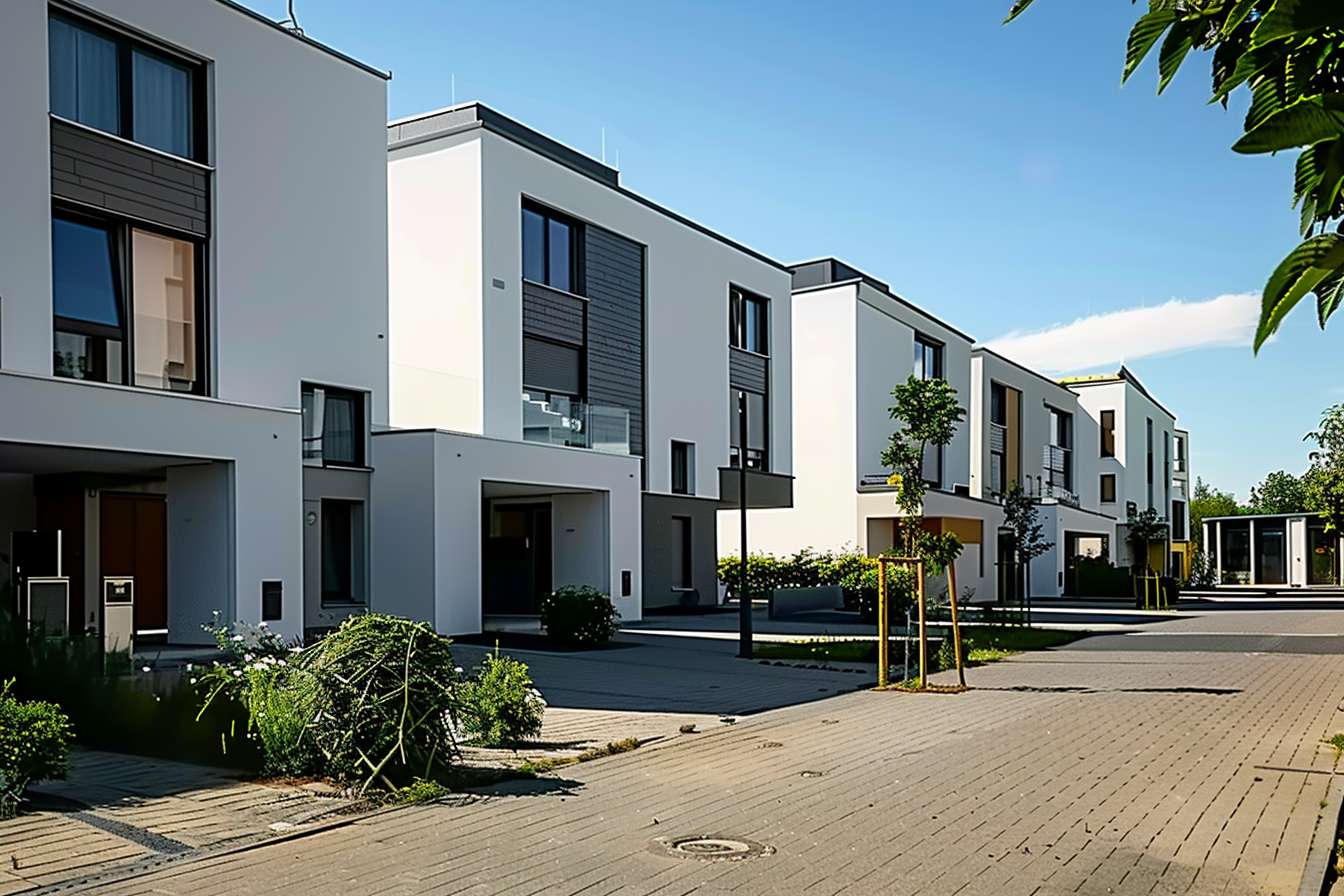Micro-Apartments: The Next Big Thing in Urban Real Estate
Imagine living in a 200-square-foot apartment equipped with all the essentials for modern urban life. This concept, known as micro-apartments, is gaining traction in major cities worldwide. With urban populations soaring and housing costs skyrocketing, these compact living spaces are reshaping the real estate landscape. In 2022, the global micro-apartment market was valued at $14.3 billion and is projected to reach $26.5 billion by 2030. Let's explore this growing trend and its implications for urban housing markets.

The Economics of Small Spaces
The financial appeal of micro-apartments is twofold. For developers, these units allow for higher density and potentially greater returns on investment. A single floor that might house 10 traditional apartments could accommodate 15 to 20 micro-units, maximizing rental income. For renters, micro-apartments offer an affordable entry point into desirable urban neighborhoods that might otherwise be out of reach. While the per-square-foot cost is often higher, the overall monthly rent is typically lower than larger apartments in the same area.
Design Innovations in Micro-Living
Designing livable spaces within such tight constraints has spurred remarkable innovations. Architects and interior designers are employing clever solutions like Murphy beds, convertible furniture, and multi-functional spaces to maximize utility. Some micro-apartments feature movable walls that can transform the layout throughout the day. High ceilings, large windows, and light color schemes are used to create a sense of spaciousness. These design elements not only make micro-living possible but often result in highly efficient and aesthetically pleasing spaces.
Target Demographics and Changing Lifestyles
Micro-apartments primarily appeal to young professionals, students, and single urban dwellers who prioritize location over space. This demographic often values experiences and city amenities over large living quarters. The rise of the sharing economy and minimalist lifestyles has further fueled the acceptance of micro-living. Moreover, as remote work becomes more prevalent, some individuals are opting for smaller primary residences supplemented by co-working spaces or occasional rentals for larger gatherings.
Regulatory Challenges and Urban Planning
The growth of micro-apartments has not been without controversy. Many cities have minimum size requirements for residential units, which can hinder micro-apartment development. Concerns about overcrowding, quality of life, and long-term urban planning have led to debates among policymakers. Some cities, recognizing the potential of micro-units to address housing shortages, have begun to revise zoning laws and building codes to accommodate these smaller dwellings. However, finding the right balance between housing innovation and maintaining livable urban environments remains a challenge.
Impact on Local Real Estate Markets
The introduction of micro-apartments can significantly impact local real estate dynamics. In some areas, they’ve helped alleviate housing shortages and provided more affordable options in prime locations. However, critics argue that an influx of micro-units could potentially drive up per-square-foot prices in a neighborhood, affecting the broader market. Additionally, the presence of micro-apartments may influence the types of businesses and services that thrive in an area, potentially reshaping the character of urban neighborhoods.
Future Outlook and Global Trends
As urbanization continues and housing affordability remains a pressing issue, micro-apartments are likely to play an increasingly important role in real estate markets worldwide. Emerging technologies like smart home systems and virtual reality could further enhance the micro-living experience. Some experts predict a diversification of micro-apartment types, including luxury micro-units and family-oriented compact spaces. The concept is also expanding beyond residential use, with micro-hotels and office spaces adopting similar principles.
A Small Solution to Big Urban Challenges
Micro-apartments represent a creative response to the complex challenges of urban housing. While not a universal solution, they offer a viable option for certain demographics and could be part of a multi-faceted approach to urban development. As cities evolve and adapt to changing demographics, economic conditions, and lifestyle preferences, the role of micro-apartments in shaping urban landscapes and real estate markets will likely continue to grow. For investors, developers, and urban planners, understanding and leveraging this trend could be key to navigating the future of urban real estate.





